
Was it murder? Some folks thought so. In addition to charges for arson and destroying insured property, Ferlin was charged with the murder of Walter Skala, despite the fact that he wished him no harm and was over a mile away at the time Skala sustained his injuries. The charge was issued under an old and little-used California statute that held a person who conspired to commit an unlawful act responsible if another person was indirectly killed as a result of that crime.
At Ferlin’s trial, the judge instructed the jury to deliberate only on the two lesser charges and acquit on murder. However, the jury ignored him roundly, saying they felt Ferlin was "morally guilty" in Skala’s death and convicted him of murder. Of course, there were appeals at the District and State level that dragged on for over two years while Ferlin sat in prison.
Meanwhile, there was trouble at home. Ferlin’s wife, Jean, and her lover, Ivan Hunsacker, appeared in juvenile court on charges of contributing to the delinquency of two minors, Jean’s children. Apparently, since Ferlin was locked away, Hunsacker had been shacking up with Jean and the kiddies. The couple pled guilty to the charges.
In March 1927, the State Supreme Court announced that Ferlin’s appeal would be heard, along with three other notorious murder cases. Faithful 1947project readers will be interested to know that Earl J. Clark, aka the Red Rose Killer, was alongside Ferlin on the docket. Clark would hang at San Quentin later in the year, but things went better for our arsonist.
Today, the court ruled that Ferlin was entitled to a new trial on the murder charge since the jury had disregarded the instructions of the trial judge. Ferlin’s sentence of 25 years for his other convictions was upheld. The murder beef was eventually dismissed in 1928.


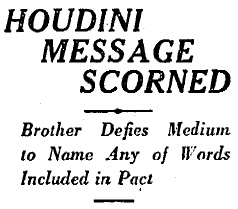
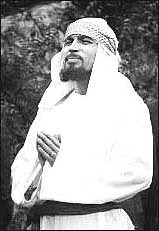 Egyptian mystic Hamid Bey claims to have received a message from deceased illusionist
Egyptian mystic Hamid Bey claims to have received a message from deceased illusionist 

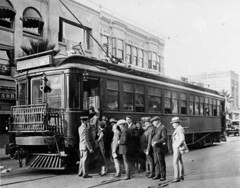
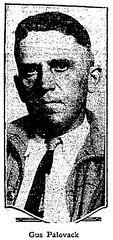 One of the most perplexing aspects of the case, other than why he chose a streetcar as his means of escape, is what drove Gus to bank robbery. Known about town as a realtor with political connections, Gus owns property and has several accounts in a number of downtown banks.
One of the most perplexing aspects of the case, other than why he chose a streetcar as his means of escape, is what drove Gus to bank robbery. Known about town as a realtor with political connections, Gus owns property and has several accounts in a number of downtown banks. 
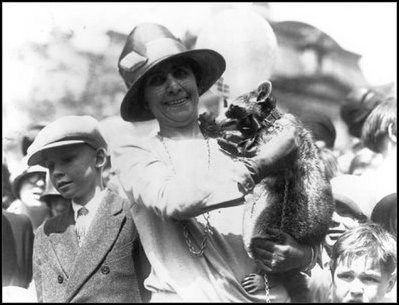


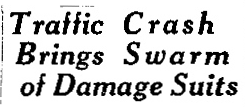
 May 19, 1927
May 19, 1927